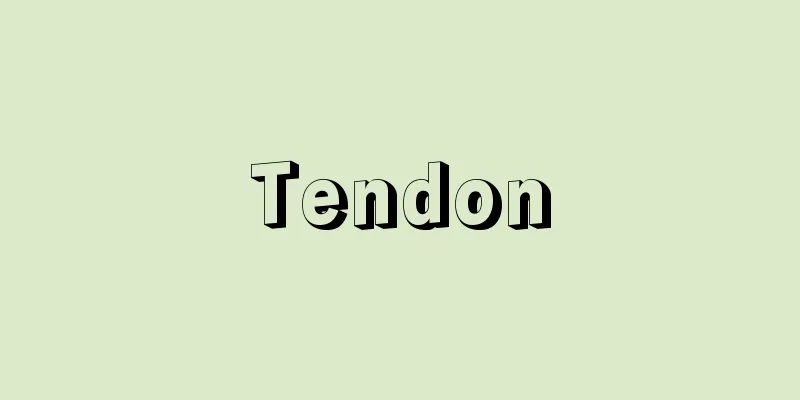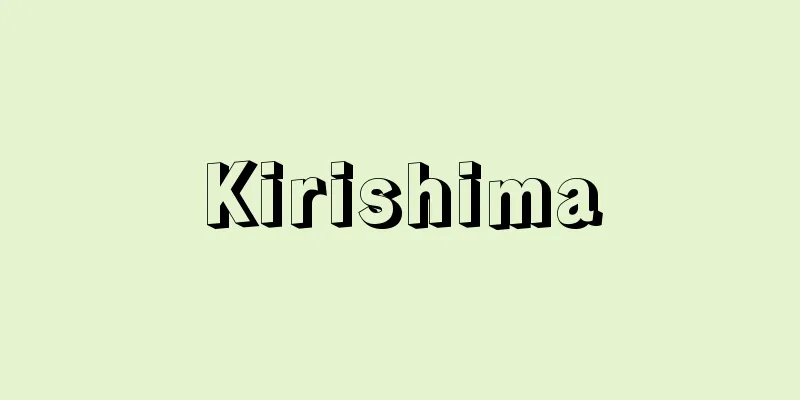Tendon

|
A white, shiny, tough connective tissue fiber bundle that anchors skeletal muscles to bones, and can be considered one of the auxiliary devices of skeletal muscles. The insertion and origin of skeletal muscles are called the insertion tendon and the origin tendon, respectively. The insertion is the tendon side that attaches to the bone that moves more when the muscle contracts, and the origin is the tendon side that attaches to the bone that moves less. The length and shape of the tendon are not constant, and it is cylindrical in fusiform muscles and flattened in pennate muscles. A very thin tendon is called aponeurosis. The outer circumference of the tendon is wrapped in a dense connective tissue capsule (called the external peritendinous membrane), and this membrane enters the inside of the tendon and separates the small tendon bundles. This membrane around the small tendon bundles is called the internal peritendinous membrane, and acts as a septum inside the tendon. Tendons are extremely resistant to strong tension, and can withstand a force of about 0.5 tons per square centimeter of cross section, but they are not elastic. Tendon tissue is mainly made up of collagen fibers (also called tendon fibers), which are firmly bonded to each other, and tendon cells exist between the fibers. Tendon tissue has few blood vessels and lymphatic vessels, and small tendons do not have blood vessels inside. However, it is highly innervated, and the distribution of sensory nerves in particular is well developed. The nerve endings of this tendon tissue end in receptors called tendon spindles (Golgi tendon apparatus), which transmit the sensation of stretch. At the joint between the tendon and muscle, the collagen fibrils that make up the tendon enter between the muscle fibers and connect to the muscle cells. This connection is extremely strong and cannot be separated mechanically. In the case of aponeurosis, it often spreads over a wide muscle surface, and muscle fiber bundles are attached to its inner surface. [Kazuyo Shimai] [Reference] | |Source: Shogakukan Encyclopedia Nipponica About Encyclopedia Nipponica Information | Legend |
|
骨格筋を骨に固着させる白い光沢のある強靭(きょうじん)な結合組織性線維束をいい、骨格筋の補助装置の一つといえる。骨格筋の停止部、起始部につき、それぞれ停止腱、起始腱となる。なお、停止部とは、筋の収縮の際に動きの大きい骨に付着する腱側であり、起始部とは、動きの少ない骨に付着する腱側をいう。腱の長さや形は一定せず、紡錘(ぼうすい)状筋では円筒状であり、扁平(へんぺい)な羽状筋では扁平状となる。腱が非常に薄くなったものを腱膜という。腱の外周は緻密(ちみつ)な結合組織性被膜で包まれ(外腱周膜とよぶ)、この膜は腱内部に入って小腱束を分けている。小腱束の周囲のこの膜を内腱周膜とよび、腱内部の中隔の役割をしている。腱は強い張力に対して非常な耐久性をもち、1平方センチメートルの断面当り約0.5トンの力に耐えうるが、弾力性はない。腱の組織は主体が膠原(こうげん)線維(腱線維ともいう)で、互いに強固に結合しあい、線維間には腱細胞が存在している。腱組織には血管やリンパ管が少なく、小さな腱ではその内部に血管がみられない。しかし、神経分布は多く、とくに知覚神経の分布は発達している。この腱組織の神経終末は腱紡錘(ゴルジ腱器)とよぶ受容器に終わっており、伸展感覚を伝える。腱と筋が結合する部分では、腱を構成する膠原原線維が筋線維間に入り、筋細胞とつながっている。この結合はきわめて強固で、機械的には分離できない。腱膜の場合は、しばしば広い筋表面を覆いながら広がり、その内面に筋線維束がつく。 [嶋井和世] [参照項目] | |出典 小学館 日本大百科全書(ニッポニカ)日本大百科全書(ニッポニカ)について 情報 | 凡例 |
<<: Khen - Khene (English spelling)
Recommend
Karamanlis, K.
In the elections of March 1950, a coalition gover...
Boycott, CC (English spelling) BoycottCC
...One of the most famous tactics used at this ti...
Ekaterina Konstantinovna Breshko-Breshkovskaya
1844‐1934 A Russian female revolutionary and one o...
《Osaka Accommodation》 - Osaka no yado
...For about 10 years from 1925, she made a great...
Alcidae
…A general term for a small to medium-sized seabi...
Capillarisin - Capillarisin
...Also, Artemisia capillaris, Artemisia umbellat...
Arp, Bill
Born June 15, 1826 in Lawrenceville, Georgia. Died...
Prostemma hilgendorffi (English spelling) Prostemma hilgendorffi
...They live in the trees in mountainous areas. T...
Essential flower oil
…also called aromatic oil. Essential oils contain...
Samrong Sen
A prehistoric shell midden site in Cambodia. It is...
gourd
Also known as 'Citrine'. A deciduous shrub...
Ii Yoho - Ii Yoho
Actor. Born in Nihonbashi, Tokyo, as the son of p...
systematic management movement
...He criticized the foreman system that was crea...
Rubbing cloth - Susa
A general term for fibrous materials mixed into p...
mook
...After the war, the reading magazine Bungei Shu...









